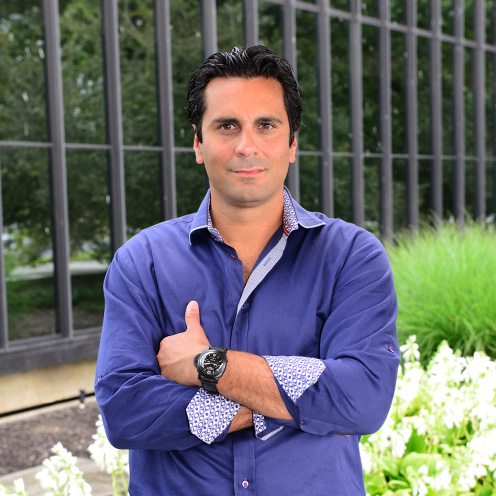Sep 24
2020
How To Digitize Workflows and Enhance EHR Usability
By Paul Banco, CEO and co-founder, etherFAX.

Applications have a direct impact on hospital workflows. While the former captures data, the latter passes it along to inform other processes and procedures. If either is impeded by usability, the consequences can have a ripple effect throughout an entire organization. Sending and receiving patient information fast and securely is critical to delivering quality care.
The Healthcare Information and Management Systems Society (HIMSS) defines EHR usability as “The effectiveness, efficiency and satisfaction with which specific users can achieve a specific set of tasks in a particular environment.
In essence, a system with good usability is easy to use and effective. It is intuitive, forgiving of mistakes and allows one to perform necessary tasks quickly, efficiently and with a minimum of mental effort.” Unfortunately, the lack of EHR usability and interoperability are still huge concerns for the healthcare industry.
According to a study conducted by Mayo Clinic researchers, modern electronic health records (EHR) are less user-friendly than Microsoft Excel, Microsoft Excel, and Google. Using the System Usability Scale (SUS), Electronic Health Records were marked with an unsettling “F” and a SUS score of 45.
The results were then cross-referenced with physician burnout using the Maslach Burnout Inventory (MBI). The study clearly showed that SUS scores have a direct impact on emotional exhaustion, depersonalization, and overall burnout within the healthcare sector. As system usability decreased, emotional exhaustion and depersonalization scores increased, as did the risk of burnout.
The coronavirus pandemic in particular has shed a spotlight on the lack of EHR usability and interoperability. With more than two million COVID-19 cases in the United States, hospitals have been overwhelmed with the increase in protected health information (PHI) being exchanged, documented, and managed. Slow transmissions and busy signals associated with limited PSTN-based fax numbers and legacy systems have prevented patient records, test results, prescriptions, and insurance information from being processed efficiently.
Ultimately, poor EHR interoperability could be fatal. If physicians are unable to access or exchange patient information, the quality of care can be drastically impacted. From a usability perspective, mental and physical exhaustion can also lead to medical errors, delayed treatment, and misdiagnoses. Research published in the Journal of Patient Safety estimates that more than 400,000 people die every year from hospital errors that could have been prevented.
To improve system usability and interoperability, physician health, and patient care, organizations need a secure and convenient way to streamline communications and exchange PHI from one system or application to another. Utilizing a hybrid-cloud network with built-in redundancy and encryption can solve a huge problem within the healthcare industry – the ability to eliminate busy signals and securely transmit EHRs and other unstructured data.
Direct, digital fax solutions also provide healthcare organizations with the flexibility to send and receive high-resolution documents and health-critical data from today’s popular third-party messaging platforms such as Slack, Microsoft Teams, and even mobile applications. By leveraging the security of fax technology with the scalability of the cloud, healthcare organizations can exchange test results, X-rays, and CT scans via applications and mobile devices, doctors can provide medical diagnoses faster than ever before.
To guarantee that PHI remains protected at all times, organizations should choose a solution that features end-to-end encryption, meets HIPAA and PCI DSS compliance, and ideally, is HITRUST CSF certified.
Now more than ever, it’s crucial to digitize workflows to enhance EHR usability, improve patient care, and reduce physician burnout.
Implementing a secure exchange network leveraging hybrid-cloud fax technology is the key the protecting patient data and mitigating breaches. The versatility of direct, digital fax solutions also give doctors greater peace of mind as electronic health records can be easily shared, accessed, and analyzed from phone applications and desktop platforms. With the ability to transmit unstructured data fast and securely, the healthcare industry can start moving towards a more progressive business.